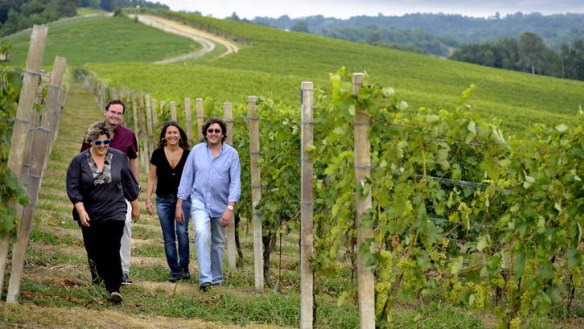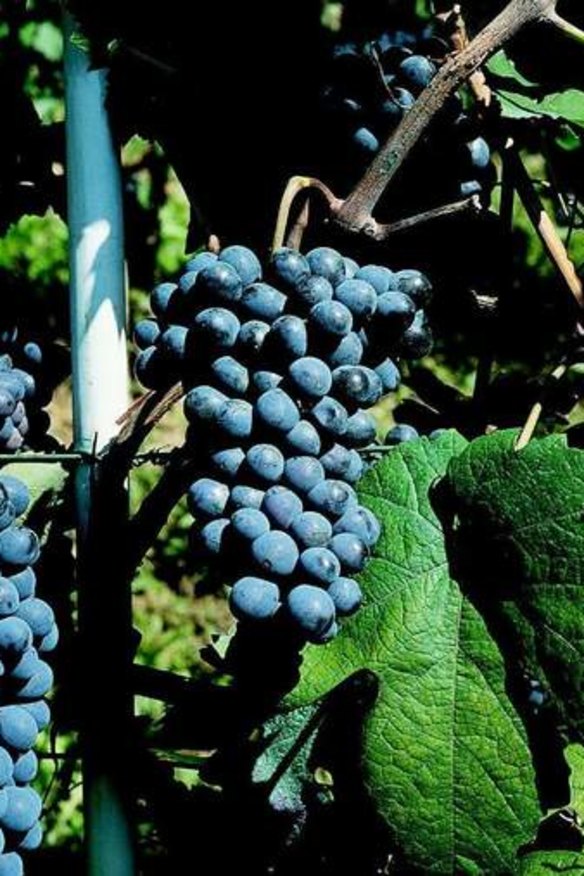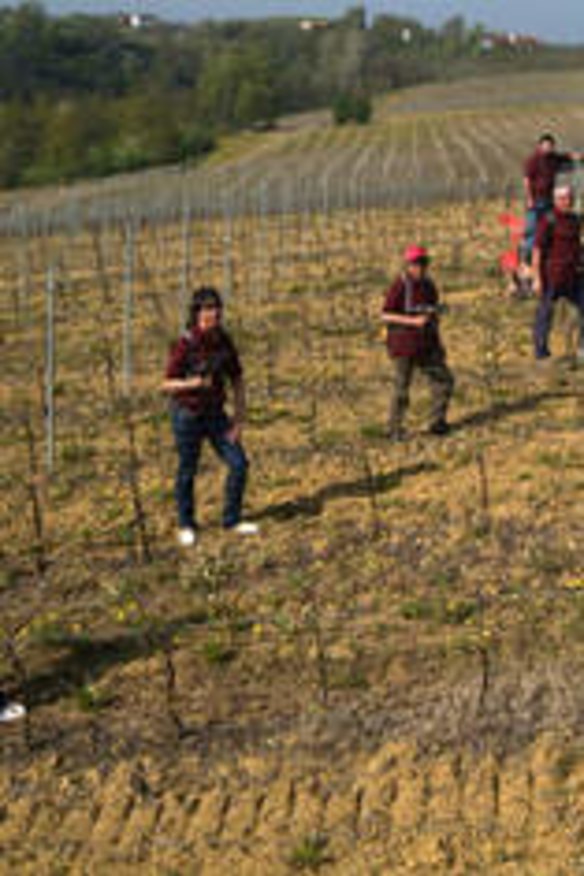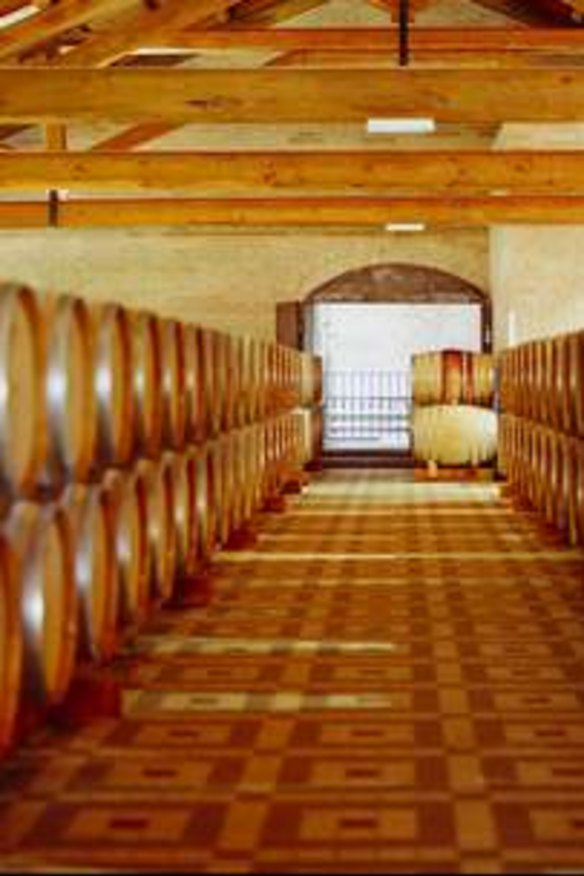Braida winery synonymous with barbera grape

It is a catchy opening line for an Italian wine salesman. Norbert Reinisch used to be a doctor of internal medicine, but he ''changed from the curative side of medicine to the preventive'' when he joined the wine business.
He did this when he married the daughter of Giacomo Bologna, and now he is the export sales manager for the Piedmont winery Giacomo Bologna ''Braida''.
Bologna, whose nickname was Braida, was a hero of modern Italian wine. He is credited with doing more for the barbera grape than anyone. He is no longer with us, but his family, including son-in-law Reinisch, faithfully continues his work.

Barbera is Italy's third most widely grown red-grape variety, after sangiovese and montepulciano, but it does not get a fraction of the press of sangiovese. Perhaps it has something to do with the fact that barbera was involved in the 1986 Italian methanol scandal, which killed about 20 people. Barbera had some lost ground to recover.
''Giacomo Bologna was a big personality, a pioneer of top-quality barbera. He was the first to believe in the quality of barbera,'' Reinisch says. ''We produce seven different barbera wines.'' They include a sparkling one, although it isn't available in Australia.
Unlike sangiovese, which is grown all over Italy, barbera is fairly specific to Piedmont: 85 per cent is grown there, Reinisch says.

Others have made a name for themselves with barbera, notably La Spinetta, Prunotto, Vietti and Michele Chiarlo in Piedmont and Castello di Cigognola in Lombardy, but Braida is the one winery whose name is synonymous with barbera.
According to Daniele Cernilli and Marco Sabellico's book The New Italy, Giacomo Bologna realised in 1985 that by reducing yields, selecting grapes from the best vineyards, and maturing the wine in small oak barrels, a wine of great depth and structure could be made from a grape that had hitherto made thin, acidic and slightly fizzy wines. Part of the problem was barbera's notoriously high acidity, coupled with high phenolic (tannin) levels, which made it essential to start with properly ripe grapes of good flavour concentration.
Reinisch recently visited Sydney to promote his wares, including Braida's four top, old-vine DOCG (Denominazione di Origine Controllata e Garantita) Barbera d'Asti: Montebruna, Bricco della Bigotta, Bricco dell'Uccellone and Ai Suma. These are serious red wines of stature and power.

Montebruna is a single-vineyard wine made from 60-year-old vines. The 2012 ($47) is deeply coloured and quite oaky to sniff, with intense black-cherry and blackberry flavours and fine, taut tannin structure. Bricco della Bigotta is another old-vine, single-vineyard wine. The 2010 ($118) is a dense, powerful wine full of dark-chocolate aromas, soft and fleshy in texture.
Bricco dell'Uccellone, another old-vine, single-vineyard wine, is the wine that first made Giacomo Bologna's name. The 2010 ($118) is a superb wine: savoury, complex and powerful with terrific balance, which is remarkable for a wine with 16 per cent alcohol. The 2011 vintage ($130) is also 16 per cent, a massive wine from a hot vintage, but showing a wealth of lush, sweet, black-cherry fruit, concentrated and dense, its acidity keeping it lively.
Just how well these wines age was demonstrated by a bottle of 1999, which came from the private cellar of John Portelli, of importer Enoteca Sileno. This was simply a great wine. The layers of complexities included old leather, dark chocolate, cigar box and roasting-pan aromas, with a note of ''squashed-ant'' volatility. Wonderfully mellow and balanced, its acidity was not assertive but undoubtedly helped keep the wine fresh. It will last at least another decade.
Then came the newest of the wines, Ai Suma, a barrel selection of the best wines from the above three vineyards.
This is a wine unashamedly modelled on American tastes: a huge wine, with high glycerol and alcohol (again, 16 per cent), sweet fruit, lots of oak and tannin, and almost painful concentration and, occasionally, as in 2011, a little residual sugar, resulting from a fermentation that failed to complete.
The 2011 is $170 and is certainly impressive, if that is your style of wine. I preferred the 2010, which has a touch more savouriness and balance.
Australia grows an increasing number of barberas, which are lighter, simpler and more fruit accented, and lack the extract of the best Italians. A notable exception is the 2012 Coriole ($25) from McLaren Vale, easily the most impressive Aussie barbera I have tasted recently.
I would not advocate shooting for 16 per cent alcohol, but there is certainly work to do here, if we are to find the right sites to grow the vines, and the right methods to handle the grapes. Light, simple, fruity wines are fine at modest prices, but barbera has the potential to deliver more: something truly spectacular.
